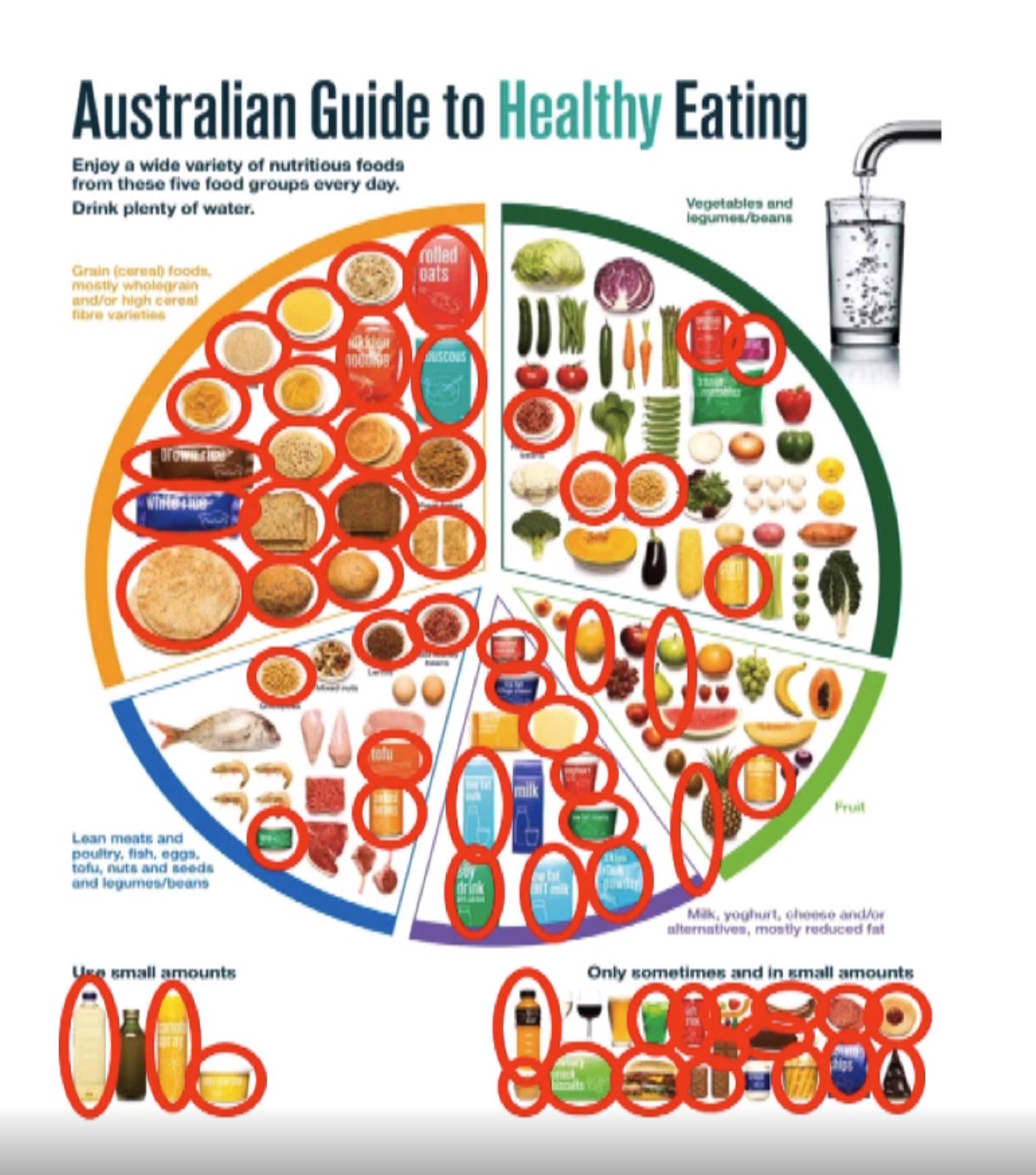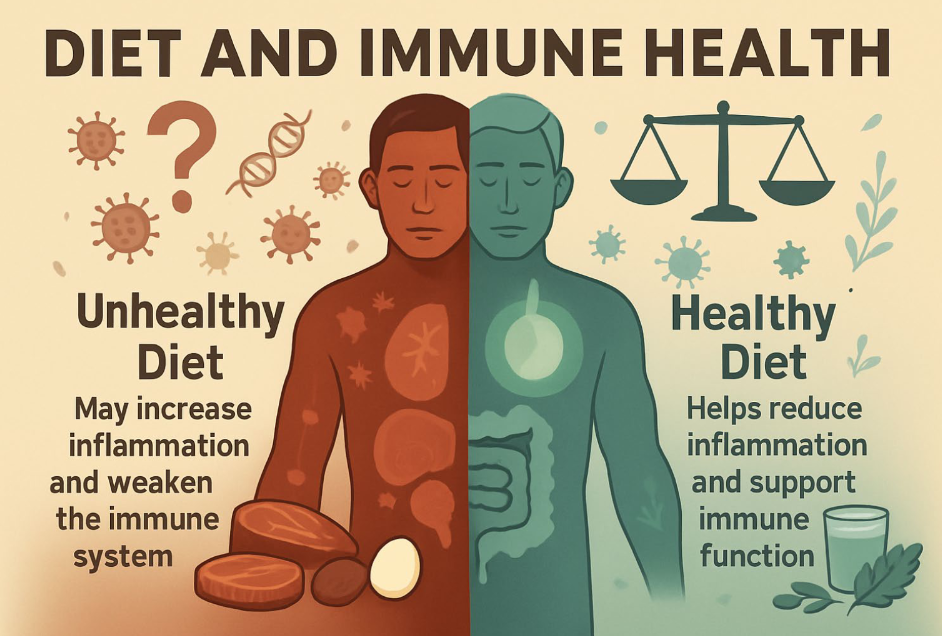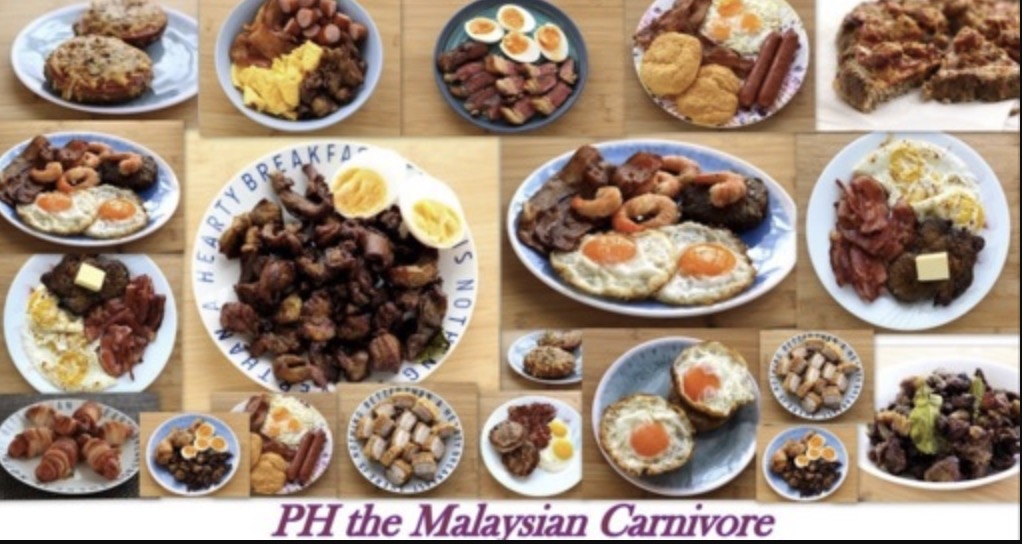Knowing how to preserve meat with no refrigeration is an essential survival skill. For thousands of years, meat has been dried in the open air in aired parts of the world. In this video we'll take a look at how to make biltong, an air-dried meat which originated in South Africa's dry climate. The biltong recipe is simple: a vinegar wash and a liberal coating of salt, black pepper, and coriander. Let brine overnight then simply hang the meat out where it'll get good airflow. After a few days you've got a tasty, cured meat snack, kind of like steak on the go. Shelf stable foods are an important consideration for your pantry or for wilderness trips. The shelf life of Biltong depends on its moisture content and the conditions in which it's stored.
summerizer
Summary
The video explores traditional meat preservation through making bilong, a South African dried meat product distinct from typical jerky. The presenter emphasizes the importance of preserving meat in survival or wilderness scenarios, where food resources are unpredictable and often abundant only temporarily. Unlike jerky, which is sliced thinly across the grain, bilong is cut with the grain into thicker strips, resembling dried steak. The process involves marinating the meat briefly in a vinegar wash, seasoning it heavily with salt, coriander, and black pepper, and then air-drying it. The black pepper serves both as a flavor enhancer and as a deterrent to insects such as flies and yellow jackets, which can be particularly problematic during summer drying.
The video also addresses common safety concerns about drying raw meat, highlighting that while there is always some risk in consuming raw or minimally processed meat, proper handling, cleanliness during butchering, and exposure to oxygen-rich environments significantly reduce the risk of bacterial growth and dangerous pathogens like botulism. The presenter explains that bacteria need anaerobic (low-oxygen), warm, and moist conditions to thrive, which are prevented by the drying method used for bilong.
Insects, especially yellow jackets, pose a significant challenge as they can quickly consume dried meat left outdoors. To combat this, the presenter moves the drying process indoors to a screened porch and uses heavy pepper coatings to repel insects. The video also touches on potential diseases and parasites in wild game, noting that the risk of illness from properly handled wild meat is generally lower than from many commonly consumed commercial foods.
Finally, the presenter discusses optimal storage techniques for dried meat, noting that dry environments extend shelf life, while humidity shortens it. Bilong should be stored in breathable containers like open bowls or paper bags rather than sealed plastic, which can trap moisture and promote spoilage. For those without access to wild game, beef cuts such as eye of round from a butcher are recommended as suitable alternatives for making bilong.
Highlights
- 🌿 Bilong is a traditional South African dried meat product, sliced thickly with the grain, unlike typical jerky.
- 🥩 Proper meat preservation is crucial in wilderness survival to extend the usability of short-term food bounties.
- 🌶️ The seasoning mix for bilong traditionally includes coriander, black pepper, salt, and a vinegar wash.
- 🐝 Yellow jackets are a major threat to drying meat outdoors, often requiring indoor drying solutions and heavy pepper coatings for deterrence.
- ⚠️ Consuming raw dried meat involves some risk, but proper handling and drying in oxygen-rich conditions minimize bacterial growth and pathogens.
- 💨 Dry, cool environments drastically extend the shelf life of dried meat, while humidity shortens it.
- 🍖 Bilong can be made at home using accessible cuts like beef eye of round, making it a versatile preservation method.
Key Insights
-
🌿 Meat Preservation as a Survival Skill: In wilderness situations, food availability is inconsistent, often presenting in short bursts of abundance followed by lean periods. Learning how to preserve meat effectively, as demonstrated through making bilong, equips survivalists and outdoors enthusiasts with a reliable means to extend their food supply and reduce waste, which is critical for long-term sustenance.
-
🥩 Slicing Technique Influences Texture and Safety: The distinction between jerky and bilong lies both in thickness and grain orientation. Bilong’s thicker slices cut with the grain produce a unique texture and drying profile that supports safe preservation. This method ensures exposed surfaces dry thoroughly, inhibiting anaerobic bacterial growth, including dangerous pathogens like Clostridium botulinum that cause botulism.
-
🌶️ Role of Seasoning Beyond Flavor: The use of salt, coriander, black pepper, and vinegar is not only traditional but functional. Salt draws moisture out of the meat, aiding drying and bacterial inhibition. Black pepper acts as a natural insect deterrent, crucial for outdoor drying, especially against yellow jackets that can quickly ruin curing meat. The vinegar wash helps to further reduce surface bacteria and adds acidity, creating an unfavorable environment for microbial growth.
-
🐝 Insect Management is Critical for Outdoor Drying: Yellow jackets and other insects can rapidly infest and consume drying meat, undermining preservation efforts. The presenter’s experience shows that despite heavy pepper coatings, these insects can find exposed spots to invade. This highlights the necessity of alternative drying environments, such as screened porches or controlled indoor spaces, especially in warmer months or humid climates.
-
⚠️ Understanding and Managing Food Safety Risks: The video emphasizes that while raw or air-dried meats carry inherent risks, these can be minimized through proper hygiene during butchering, exposure to oxygen, and correct drying techniques. The analogy to leafy green consumption—with its well-known foodborne illness risks—helps contextualize and rationalize the acceptable level of risk involved in traditional meat drying practices.
-
💨 Environmental Conditions Determine Shelf Life: The relative humidity and temperature of the storage environment heavily influence how long dried meat lasts. Low humidity and cool temperatures preserve the meat by preventing moisture accumulation, which can lead to spoilage or mold. Conversely, humid environments require faster consumption or alternative storage methods to avoid degradation.
-
🍖 Accessibility and Adaptability of Bilong Preparation: While originating from South African traditions and often made from wild game, bilong can be adapted for use with commonly available meats like beef. This adaptability makes it a practical and accessible preservation technique for a wide range of people, not just wilderness experts or hunters. The ability to replicate this at home broadens its applicability for food preservation enthusiasts and those interested in traditional culinary methods.
Extended Analysis
The video’s approach to meat preservation through bilong highlights several critical survival and culinary principles. First, it stresses that survival cooking is not merely about immediate consumption but about strategic planning to manage resources sustainably. This mindset is vital in wilderness survival, where successful hunts or foraging events may produce large quantities of perishable food that cannot be consumed immediately.
The distinction between jerky and bilong showcases how variations in traditional preservation methods reflect adaptations to local environments, available resources, and cultural preferences. Bilong’s thicker slices and grain orientation mean it retains more chewiness and a steak-like quality, offering a different eating experience that can be more satisfying or nutritionally dense than thin jerky strips.
The video also provides a useful primer on microbiology relevant to food safety. It explains bacterial growth conditions and highlights the importance of oxygen exposure in preventing dangerous pathogens like botulism. This scientific insight provides reassurance to viewers concerned about the risks of eating dried, uncooked meat, while reinforcing the necessity of proper handling and drying techniques.
The challenges posed by insects such as yellow jackets underscore the complexities involved in outdoor food preservation. The presenter’s candid recounting of using a beekeeper’s suit to manage aggressive yellow jackets illustrates the real-world difficulties and adaptations required for successful drying in natural settings. This practical advice is invaluable for anyone attempting similar preservation methods in warm or insect-rich environments.
Finally, the discussion on storage and shelf life reminds viewers that preservation is an ongoing process that extends beyond initial drying. Environmental factors can make or break the longevity of preserved meat, and understanding this helps users plan storage and consumption accordingly. The advice to avoid sealed containers and allow the meat to “breathe” reflects traditional wisdom backed by modern food safety principles.
In summary, the video offers a comprehensive guide to making bilong, combining cultural tradition, practical technique, and food safety knowledge to empower viewers with a reliable method of meat preservation suitable for survival situations and culinary experimentation alike.














